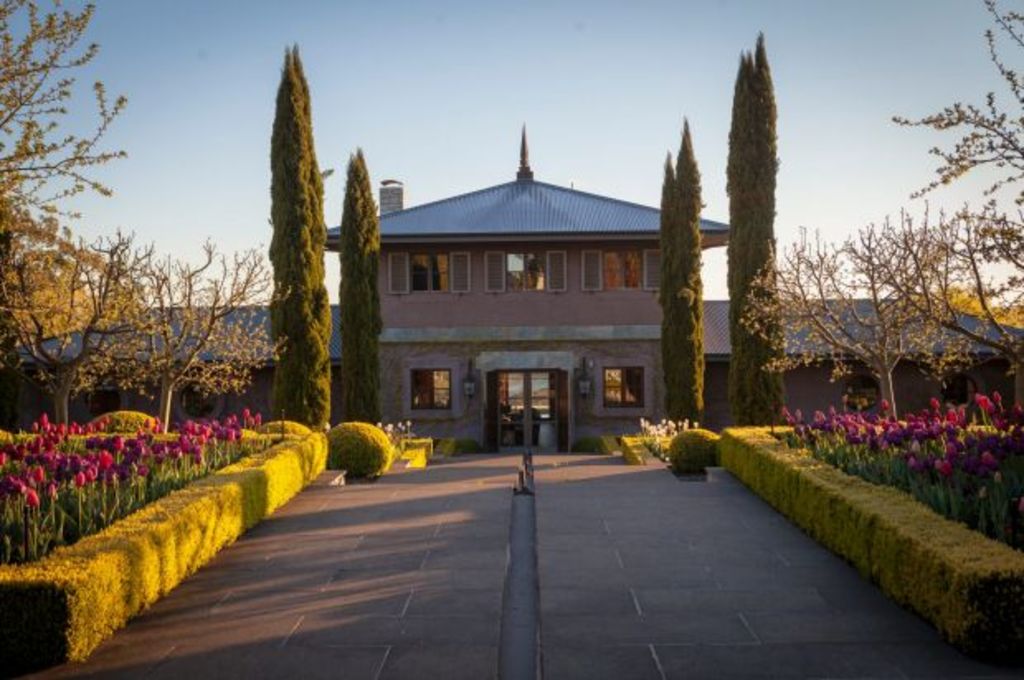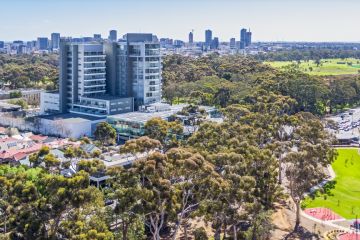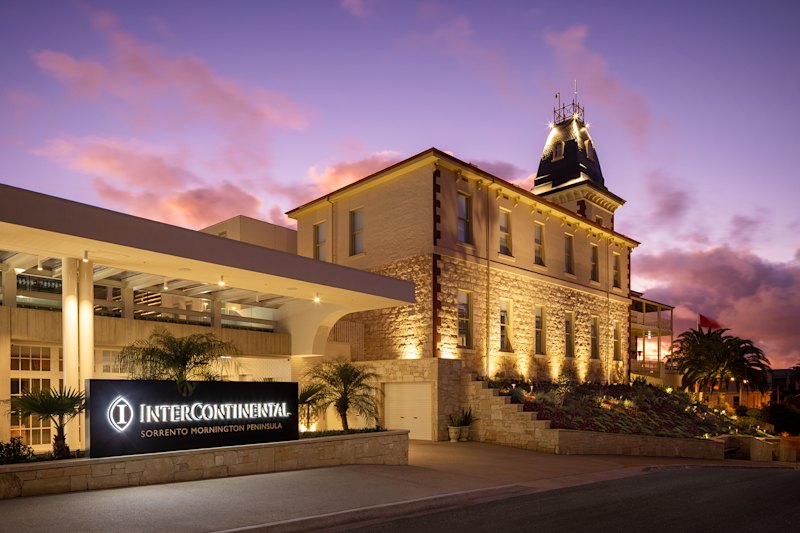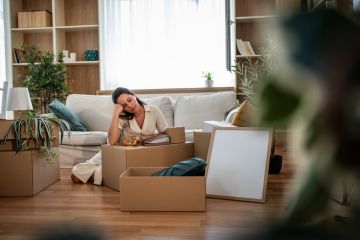The season of re-birth: How Paul Bangay nurtured his garden at Stonefields

Spring seems such a fitting season to begin my seasonal articles for Domain.
It’s my second-favourite season after winter and it sees the rebirth of our gardens after their long or short winter sleep, depending on where you live in Australia.
For me at Stonefields, it’s even more dramatic; our winters are long and cold and much of the garden is cut back in order to survive the frosts and occasional light snow.
Sleeping under a layer of compost is the best protection we can provide many of our more tender plants and perennials.
Like the rest of Australia, the blossom trees herald the start of spring and I have planted them on mass to create impact and scale to a large garden.
My favourite are the malus or crab-apple trees. They are such hardy trees, flourishing in most of our capital cities (with the exception of high humidity areas); they endure dry conditions and require very little supplementary watering.
My favourite is Malus floribunda and I have planted it in groupings to help soften the corners of my formal hedged gardens, allowing these areas to meld gently with the surrounding natural contours of the outer landscape.
- Related: Inside the home of artist Rachel Castle
- Related: The trends taking over Australia’s gardens
- Related: From 1940s weatherboard to jungle-like sanctuary
They flower profusely, beginning with tight buds of intense pink that will open slowly and fade to the lightest shade of pink. They require very little maintenance other than formative pruning in their early years.
Malus ioensis is another popular crab-apple used extensively throughout Australian gardens. It flowers slightly later with softer, shell pink balls of flowers.
The one blossom tree we are missing at Stonefields that says “spring” throughout Australia is the flowering, deciduous magnolia tree.
Magnolia soulangeana, or its close cousin denudata, with their white, purple or pink flowers signal the start of spring in many parts of the country. They flower majestically prior to any leaves appearing, making the flowers even more prominent.
Sadly, they are not coping with our increasingly hot summers, so plant them where they receive afternoon shade.
With the current trend in gardening for softer, more organic bed shapes full of flowering plant material, it’s important to prolong the flowering season as long as possible.
I have achieved this by planting differing layers of plants within the one bed.
Spring sees the first layer of flowering bulbs, which emerge and finish flowering in time for the herbaceous perennials to follow in late spring to early summer.
If you don’t have beds of perennials, you can still plant bulbs under deciduous trees or shrubs.
At Stonefields, we have the perfect conditions for tulips – well-drained soil, hot, dry summers and cold winters.
This allows us to keep the bulbs in the ground from one season to the next. For gardens that experience warm winters, it will be necessary to replant tulips each year.
Our woodlands are full of bluebells and these carpet all the deeper parts of the beds where little else will grow, they naturalise easily and need very little maintenance.
If your garden is restricted to a balcony or small courtyard, you can still enjoy bulbs by planting them in pots and then changing them to flowering annuals or perennials after they finish flowering.
We recommend
We thought you might like
States
Capital Cities
Capital Cities - Rentals
Popular Areas
Allhomes
More
- © 2025, CoStar Group Inc.







